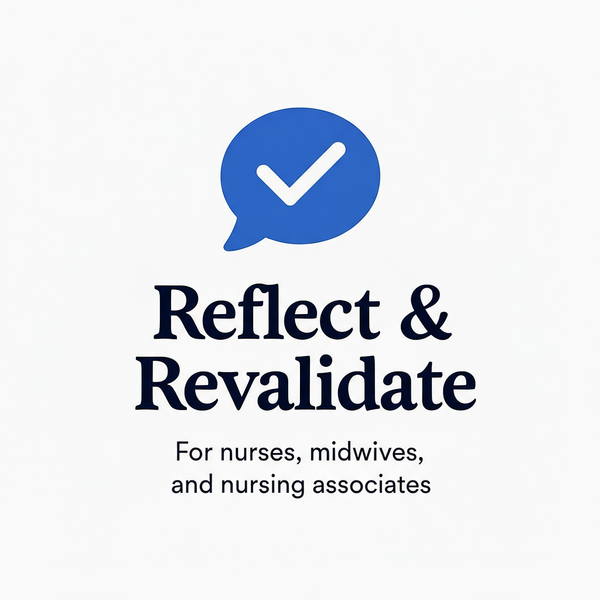Reflection: Supporting a Patient Through Suicidal Crisis
Share
Submitted by: Anonymous - Mental Health Nurse, Crisis Team
What was the nature of the CPD activity and what did you hope to learn from it?
I was working a late shift with the crisis team when we received an urgent referral for Lisa (pseudonym), a 34-year-old woman who had contacted the crisis line saying she had taken an overdose and was planning to end her life. When we arrived at her home, Lisa was tearful, hopeless, and had prepared means to harm herself.
This was one of my first experiences responding to an acute suicidal crisis, and I felt the weight of responsibility for Lisa's safety. I needed to build rapport quickly, assess her risk, and help her access appropriate support—all while managing my own anxiety about the situation.
Through this experience, I hoped to learn how to conduct effective suicide risk assessments, build therapeutic relationships in crisis situations, and balance safety with person-centred, compassionate care.
What did you learn from the CPD activity?
I learned the importance of asking direct, clear questions about suicide. Rather than avoiding the topic or using euphemisms, I asked Lisa explicitly about her suicidal thoughts, plans, and intent. This directness didn't increase her distress—instead, it showed her I wasn't afraid to talk about what she was experiencing and that I took her seriously.
I learned to listen without judgment and validate Lisa's pain. She had experienced significant trauma and loss, and her suicidal feelings were her way of trying to escape unbearable emotional pain. By acknowledging how difficult things were for her rather than minimising her feelings, I helped her feel heard and understood.
The experience taught me about collaborative safety planning. Rather than imposing restrictions, I worked with Lisa to identify what had stopped her from acting on her suicidal thoughts in the past, who she could contact when she felt unsafe, and what coping strategies might help. This collaborative approach gave her some sense of control and agency.
I also learned the importance of hope—not false reassurance, but genuine hope that things could improve. I acknowledged Lisa's current pain while gently exploring times when she had felt differently and what had helped her through previous difficult periods.
How did you change or improve my practice as a result?
I now approach suicide risk assessment as a conversation rather than a checklist. While I ensure I cover all the necessary risk factors, I do so in a way that feels natural and therapeutic rather than interrogative. This helps build trust and encourages honest disclosure.
I've improved my ability to sit with distress without trying to fix it immediately. I've learned that sometimes the most therapeutic thing I can do is simply be present with someone in their pain, showing them they're not alone and that their feelings are valid.
I've also developed better skills in collaborative safety planning. I now involve patients in identifying their own warning signs, coping strategies, and support networks rather than creating safety plans for them. This increases their engagement and the likelihood they'll use the plan when needed.
Following this experience, I completed additional training in suicide prevention and risk assessment. I now feel more confident in managing suicidal crises and supporting people through their darkest moments.
How is this relevant to the Code?
This reflection demonstrates several aspects of the NMC Code:
Prioritise people (1.1): I treated Lisa with kindness, respect and compassion during an extremely vulnerable time, maintaining her dignity throughout the crisis.
Preserve safety (13): I conducted a thorough risk assessment and took appropriate action to ensure Lisa's immediate safety while respecting her autonomy as much as possible.
Work in partnership (2.1): I worked collaboratively with Lisa to develop a safety plan that reflected her own strengths and resources.
Communicate effectively (7.1): I used clear, direct communication about suicide while remaining sensitive and compassionate.
Maintain knowledge and skills (22.3): I recognised the need to develop my skills in suicide risk assessment and prevention and undertook appropriate training.
Do you have any further comments?
Lisa agreed to a voluntary admission to the psychiatric unit that night, where she received intensive support. I followed up with her a few weeks later, and she was engaging well with treatment and feeling more hopeful about the future. She thanked me for 'not giving up on her' that night.
This experience taught me that suicidal crises are often temporary states of overwhelming distress rather than a fixed desire to die. With the right support at the right time, people can move through these crises and find reasons to live.
Working in mental health means regularly encountering people in extreme distress, and this experience reinforced the importance of compassionate, skilled, person-centred care. Every interaction matters, and sometimes being present with someone in their darkest moment can make the difference between life and death.
